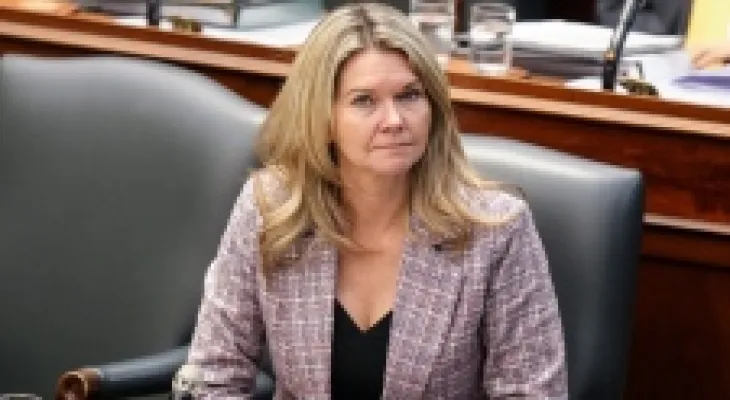Search here
Newspaper
Search here

Arab Canada News
News

Published: February 27, 2024
The Minister of Colleges and Universities in Ontario said the province will allocate an additional $1.3 billion over three years to "stabilize" post-secondary institutions but will keep tuition fees frozen for at least three more years.
A government-commissioned report released in November stated that declining levels of provincial funding for colleges and universities, along with tuition cuts and freezes in 2019, pose a "significant threat" to the financial sustainability of the sector.
Minister Jill Dunlop said today that the government will put $903 million over three years into a new Post-Secondary Education Sustainability Fund, with some of this money allocated to institutions with higher financial needs. The rest of the funding will go towards capital funding, some costs of STEM programs and research and innovation projects, among other initiatives.
The expert report had recommended a one-time 10 percent increase in per-student funding for colleges and universities followed by inflationary increases in subsequent years, as well as a 5 percent increase in tuition alongside an equally "generous" increase to support students.
But Dunlop confirmed today that the tuition freeze in place since 2019 will continue until at least 2026-2027, the year of the next provincial election.
Dunlop introduced legislation today requiring colleges and universities to provide students with information about additional fees and other costs such as textbooks, and the bill will require institutions to have policies supporting mental health and wellness.
Provincial funding for government-supported colleges for full-time domestic students is the lowest in any province, while the Council of Ontario Universities said at least 10 universities are facing operational deficits.
A report released last year by the Higher Education Strategy Associates said post-secondary funding in Ontario is "very poor" and that increasing spending to the average of the other nine provinces would require $7.1 billion annually in additional funding — far above the current operational funding level of about $5 billion.
Post-secondary institutions recently explained that their position became more precarious after a federal announcement earlier this year reducing the number of visas for international university students, with Ontario’s allocations cut in half.
The decline in government funding levels has increasingly led post-secondary institutions to rely on tuition from international students, which is much higher than Canadian student rates.
The Auditor General said in a 2022 report that the average university tuition fees in 2020-21 were $7,938 for domestic undergraduate students and $40,525 for international undergraduate students.
The Smart Prosperity Institute, a research organization based at the University of Ottawa, reported last year that Ontario universities nearly doubled the rate of international student enrollment between 2014-15 and 2021-22, and colleges more than tripled the international enrollment rate.
A government-commissioned report on post-secondary financial affairs said that international student revenues have now become fundamental to the sector’s sustainability, significantly increasing institutions’ exposure to risks.
Comments